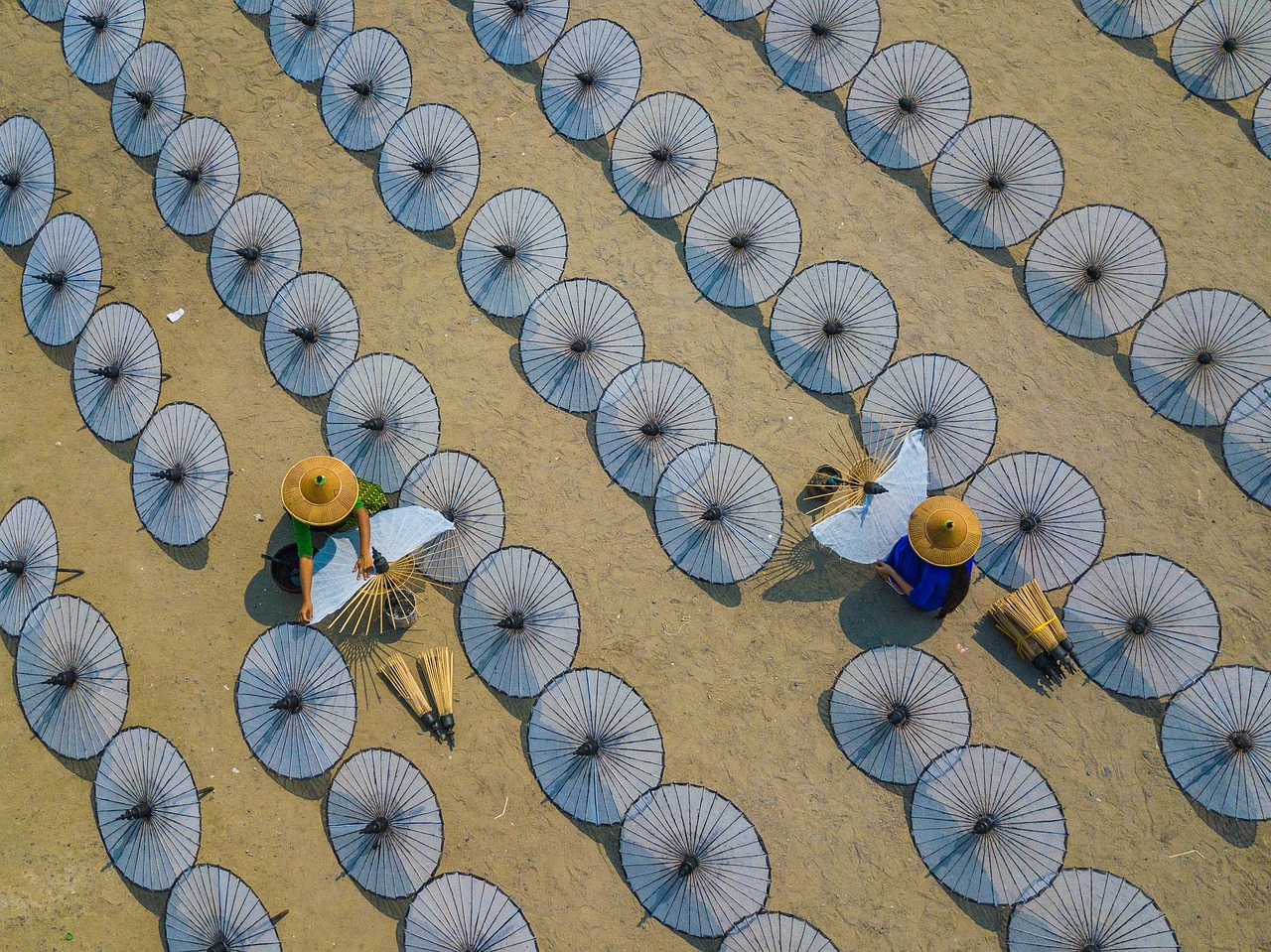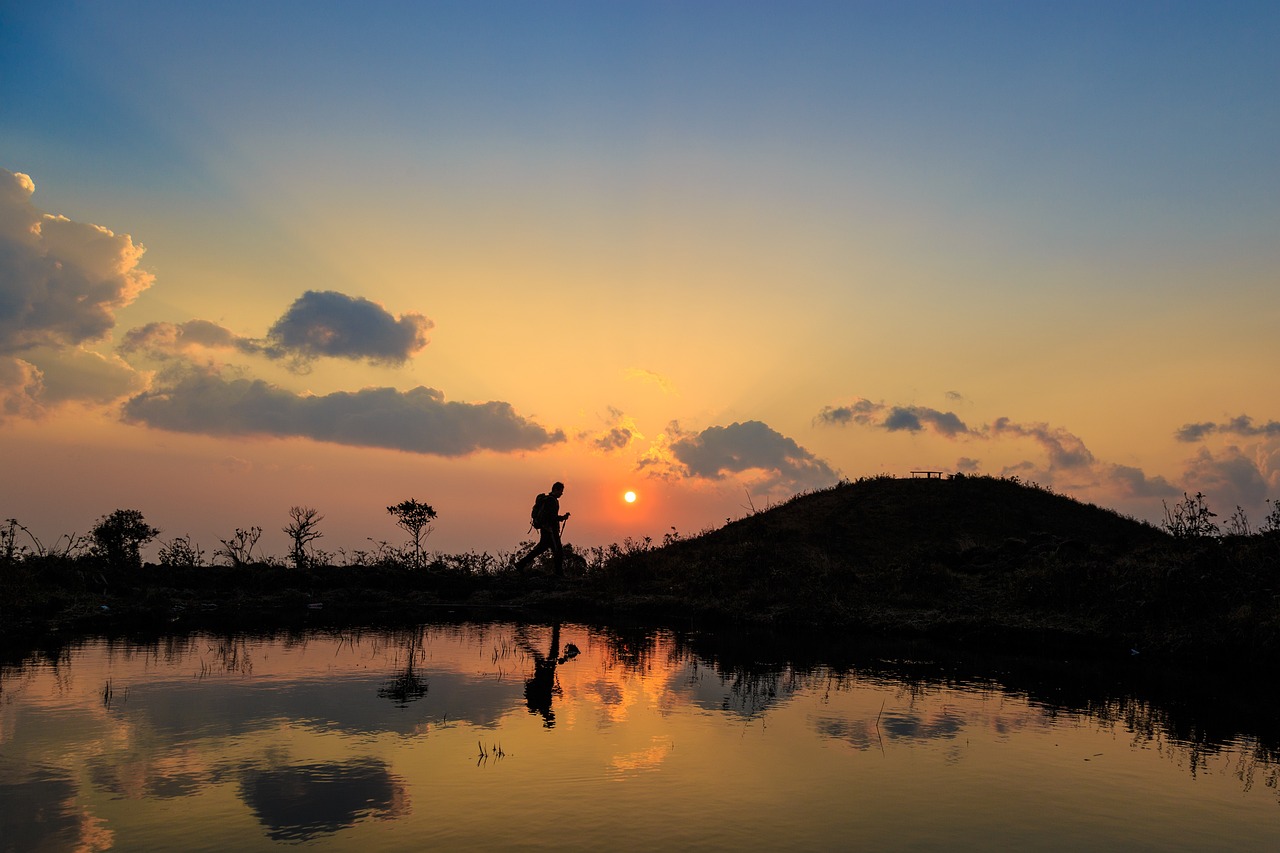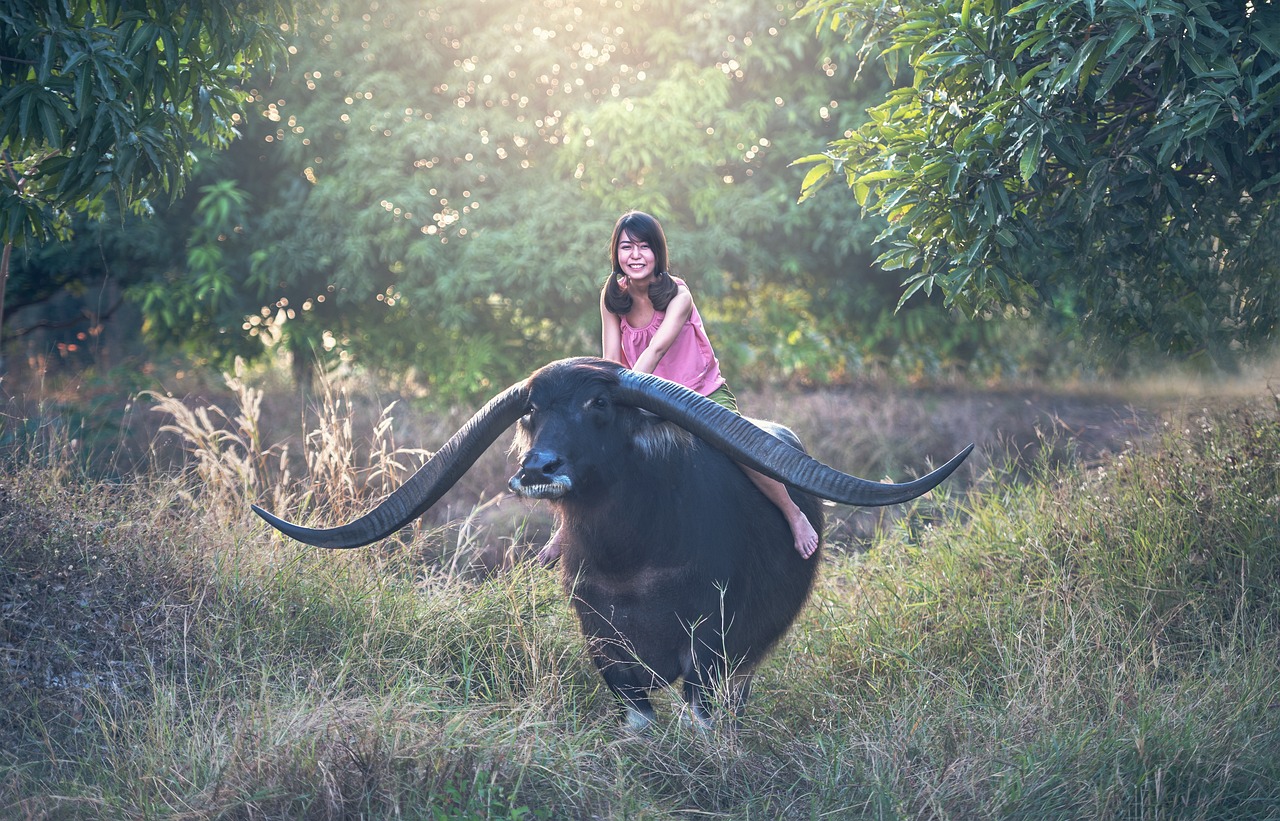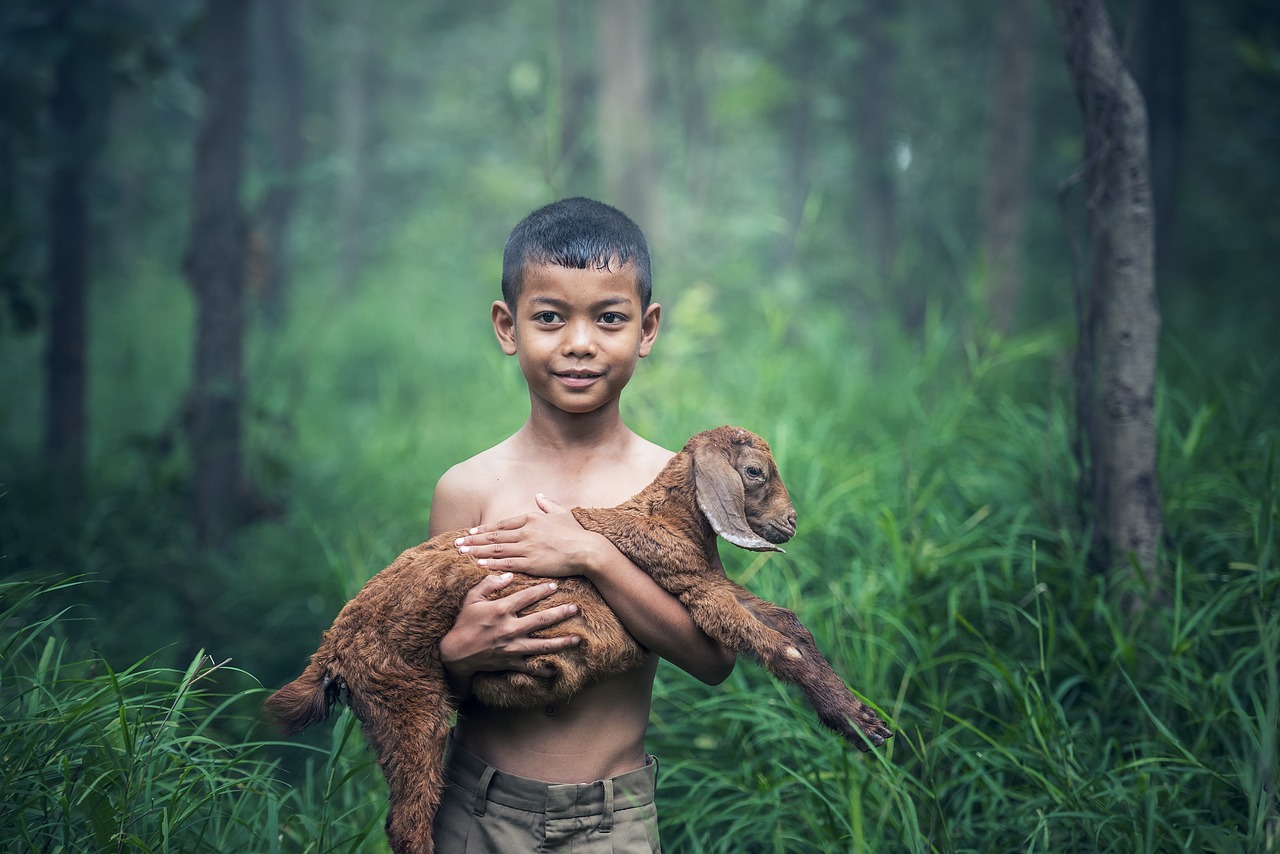Laos Video
Local Celebrations and Holidays: What to Expect in Laos
Laos, a beautiful country in Southeast Asia, is known for its rich cultural heritage and vibrant celebrations. The people of Laos take great pride in their traditions and festivities, making it a fascinating destination for travelers seeking an immersive cultural experience. In this article, we will explore the various local celebrations and holidays in Laos, providing you with insights into what to expect during your visit.
Boun Pi Mai (Lao New Year)
Boun Pi Mai, or Lao New Year, is one of the most important and widely celebrated festivals in Laos. It usually takes place from the 13th to the 15th of April, coinciding with the traditional New Year in many other Southeast Asian countries. During this time, the streets come alive with colorful processions, traditional music, and water-related activities.
- Water Splashing: One of the main highlights of Boun Pi Mai is the tradition of water splashing. People roam the streets armed with water guns, buckets, or even elephants spraying water, symbolizing the washing away of bad luck and welcoming a fresh start for the new year.
- Temple Visits: Many locals visit temples during Boun Pi Mai to make merit, offer prayers, and pour scented water on Buddha statues as a sign of respect and purification.
- Traditional Performances: Throughout the festival, you can witness traditional dance and music performances showcasing the cultural heritage of Laos. These performances often take place in temples or public spaces.
- Traditional Games: Various traditional games, such as egg throwing, tug-of-war, and sack races, are organized during Boun Pi Mai. These games add an element of fun and excitement to the festivities.
Boun Bang Fai (Rocket Festival)
Boun Bang Fai, also known as the Rocket Festival, is a unique celebration held in Laos to mark the beginning of the rainy season and encourage rainfall for successful agricultural harvests. This lively festival usually takes place in May and involves the launching of homemade rockets into the sky.
- Rocket Competitions: Villages and communities compete against each other to build and launch the most impressive rockets. These rockets can reach impressive heights and are believed to carry messages to the gods, asking for abundant rainfall.
- Parades and Music: Colorful parades featuring traditional costumes, dancing, and music accompany the rocket launches. The atmosphere is filled with excitement and joy as locals come together to celebrate.
- Traditional Offerings: Before launching the rockets, offerings are made to the spirits and deities believed to control the rain. These offerings often include food, drinks, and other symbolic items.
- Food and Drinks: The festival is also a time for feasting and enjoying traditional Lao cuisine. Local delicacies such as sticky rice, grilled meats, and traditional desserts are commonly shared among the participants.
Boun Ok Phansa (End of Buddhist Lent)
Boun Ok Phansa, also known as the End of Buddhist Lent, is a significant religious celebration in Laos. It marks the end of the three-month Buddhist Lent period, during which monks retreat to their temples for intensive meditation and study. The festival usually takes place in October.
- Boat Racing: One of the main highlights of Boun Ok Phansa is the traditional boat racing held on rivers and lakes across the country. Teams compete against each other, paddling long, narrow boats with great enthusiasm.
- Offering Ceremony: Devout Buddhists offer food, candles, and other items to the monks as a way of making merit and showing gratitude for their teachings during the Lent period.
- Processions and Candlelight Parades: Colorful processions, accompanied by candlelight parades, take place in the evenings. Participants carry beautifully decorated floats and candles, creating a mesmerizing sight.
- Almsgiving: Almsgiving is a common practice during Boun Ok Phansa. Devotees offer food and other essentials to the monks, symbolizing their support and respect for the monastic community.
Boun That Luang (That Luang Festival)
Boun That Luang, also known as the That Luang Festival, is an annual religious festival held at the iconic That Luang Stupa in Vientiane, the capital city of Laos. This grand celebration usually takes place in November and attracts thousands of pilgrims from all over the country.
- Religious Ceremonies: The festival begins with religious ceremonies, including chanting, prayers, and offerings to the monks. Devotees gather to pay homage to the sacred That Luang Stupa, believed to house a relic of the Buddha.
- Processions: Colorful processions featuring traditional costumes, music, and dance take place around the That Luang Stupa. People carry miniature replicas of the stupa and offer flowers and incense as they walk in reverence.
- Traditional Games and Performances: Traditional games, such as takraw (a form of kick volleyball), are organized during the festival. Cultural performances, including traditional music and dance shows, entertain the crowd.
- Fireworks Display: The festival concludes with a spectacular fireworks display, lighting up the night sky above the That Luang Stupa. It is a breathtaking sight that marks the end of the festivities.
Image: Laos

Boun Khao Padap Din (Rice Planting Festival)
Boun Khao Padap Din, or the Rice Planting Festival, is an agricultural celebration that takes place in various parts of Laos. It is held to mark the beginning of the rice planting season, a crucial time for farmers in the country.
- Traditional Rituals: The festival begins with traditional rituals performed by farmers to seek blessings for a bountiful harvest. These rituals often involve offerings, prayers, and ceremonies conducted in rice fields.
- Rice Planting Demonstrations: Local farmers demonstrate the traditional techniques of rice planting during the festival. Visitors can actively participate in the process, gaining insights into the agricultural practices of Laos.
- Traditional Music and Dance: Cultural performances, including traditional music and dance, add to the festive atmosphere. The rhythmic beats and graceful movements reflect the agricultural traditions and lifestyle of the local communities.
- Local Cuisine: The festival offers an opportunity to savor traditional Lao dishes made from freshly harvested rice and other locally grown ingredients. Visitors can indulge in the flavors of authentic Lao cuisine.
Boun Suang Heua (Boat Racing Festival)
Boun Suang Heua, also known as the Boat Racing Festival, is an exhilarating celebration held in various riverside towns and villages in Laos. This festival is dedicated to the mighty Mekong River and its importance in the lives of the Lao people.
- Boat Racing Competitions: Teams from different communities compete against each other in long, narrow boats, showcasing their rowing skills and teamwork. The race courses are often marked by colorful flags and banners.
- Traditional Performances: Spectators are treated to vibrant traditional performances, including music, dance, and theatrical shows. These performances depict local legends, folklore, and cultural traditions.
- Food and Craft Stalls: The festival grounds are filled with food stalls offering a variety of local delicacies, snacks, and refreshing beverages. Artisans also display their crafts, providing an opportunity to purchase unique souvenirs.
- Community Spirit: Boun Suang Heua fosters a sense of community spirit and unity as people come together to celebrate their shared heritage and the importance of the Mekong River in their daily lives.
Image: Laos

Boun Khao Phansa (Buddhist Lent)
Boun Khao Phansa, also known as Buddhist Lent, is a period of retreat and reflection observed by Buddhist monks in Laos. It begins on the first day of the lunar calendar’s eighth lunar month and lasts for three months.
- Monastic Retreat: During Boun Khao Phansa, monks retreat to their temples and dedicate themselves to intensive meditation, study, and self-discipline. This period is seen as an opportunity for spiritual growth and reflection.
- Candlelit Processions: In the evenings, candlelit processions take place around temples, with devotees joining the monks in walking mindfully and offering prayers. The glow of candlelight creates a serene and peaceful ambiance.
- Offerings to Monks: Devotees offer food, candles, and other essential items to the monks as a way of making merit and supporting their spiritual practice during the Lent period.
- Religious Observances: Various religious observances, such as chanting, meditation sessions, and Dhamma talks, are organized in temples during Boun Khao Phansa. These activities provide opportunities for both monks and laypeople to deepen their understanding of Buddhism.
Boun Khoun Khao (Harvest Festival)
Boun Khoun Khao, the Harvest Festival, is a joyous celebration held in rural communities across Laos. It is a time to express gratitude for a successful harvest and to celebrate the abundance of nature’s blessings.
- Traditional Ceremonies: The festival begins with traditional ceremonies, including offerings to local spirits and deities believed to protect the harvest. These ceremonies express gratitude and seek blessings for future harvests.
- Harvest Processions: Colorful processions featuring beautifully decorated carts filled with freshly harvested crops are a common sight during Boun Khoun Khao. These processions showcase the agricultural richness of the region.
- Traditional Music and Dance: Cultural performances, accompanied by traditional music and dance, enliven the festivities. Local artists showcase their talent, while spectators join in the merriment by clapping and dancing.
- Feasting and Sharing: The festival is a time for feasting and sharing. Communities come together to enjoy traditional Lao dishes made from the newly harvested crops, fostering a sense of unity and camaraderie.
Image: Laos

Boun Khao Salak (Rice Seedling Festival)
Boun Khao Salak, the Rice Seedling Festival, is an agricultural celebration held in rural areas of Laos. It marks the beginning of the rice planting season when rice seedlings are transplanted into the paddy fields.
- Planting Rituals: The festival begins with traditional rituals performed by farmers to seek blessings for a successful rice planting season. These rituals involve prayers, offerings, and ceremonies conducted in rice fields.
- Seedling Transplanting: Farmers demonstrate the traditional technique of transplanting rice seedlings from the nursery to the paddy fields. Visitors can actively participate in this process, gaining a hands-on experience of rice cultivation.
- Traditional Music and Dance: Cultural performances, including traditional music and dance, add to the festive atmosphere. The rhythmic beats and graceful movements reflect the agricultural traditions and way of life in rural Laos.
- Community Bonding: Boun Khao Salak strengthens community bonds as villagers come together to support each other in the rice planting process. It is a time of shared labor and mutual assistance.
Conclusion
Laos is a country with a deep-rooted cultural heritage, and its local celebrations and holidays offer a unique insight into the traditions and way of life of its people. From the vibrant water splashing festivities of Boun Pi Mai to the exhilarating boat races of Boun Suang Heua, each celebration provides a memorable experience filled with joy, spirituality, and a sense of community. By participating in these celebrations, visitors can immerse themselves in the rich cultural tapestry of Laos and create lasting memories.
References
– laos-guide-9999.com
– tourismlaos.org
– asiatravel.com
– laos-adventures.com


